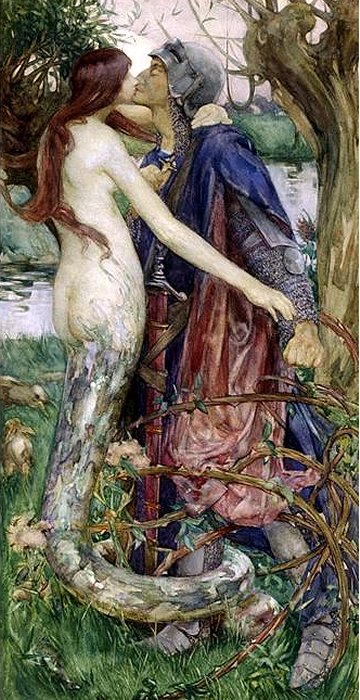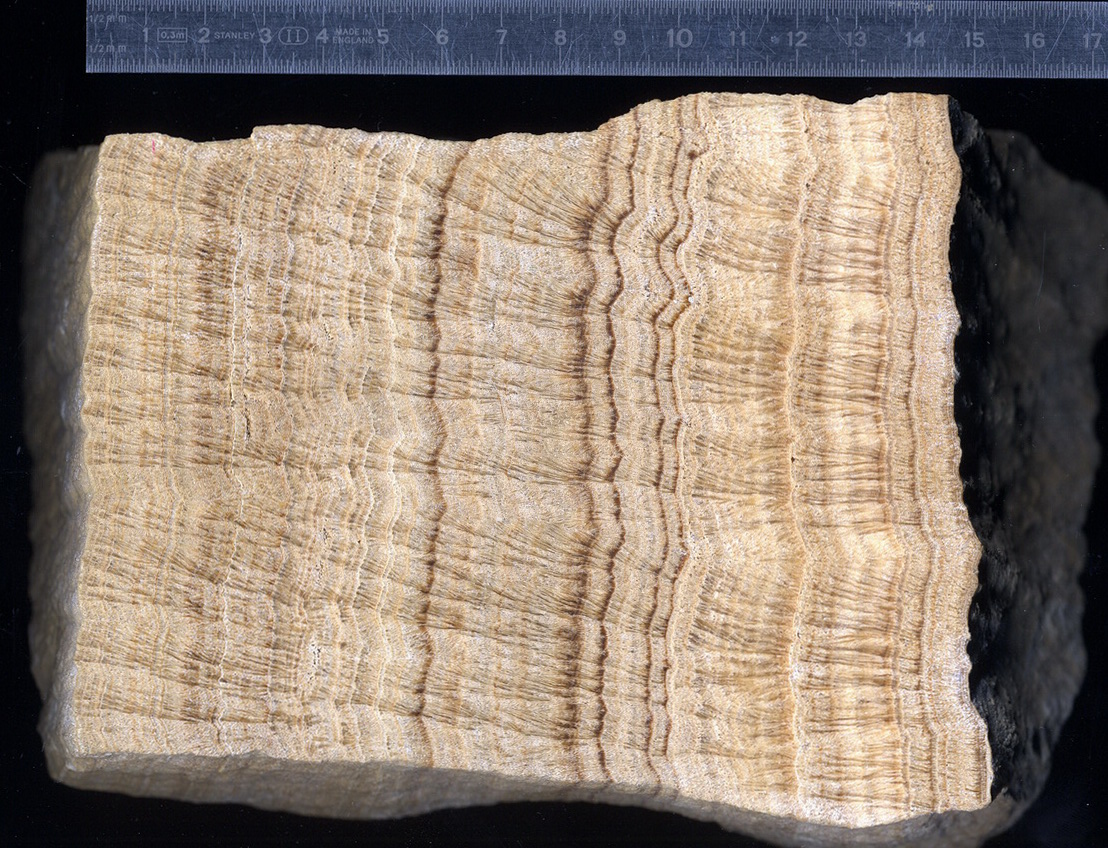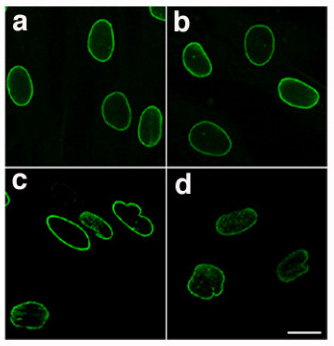|
Lamina 2
Lamina may refer to: People * Saa Emerson Lamina, Sierra Leonean politician * Tamba Lamina, Sierra Leonean politician and diplomat Science and technology * Planar lamina, a two-dimensional planar closed surface with mass and density, in mathematics * Laminar flow, (or streamline flow) occurs when a fluid flows in parallel layers, with no disruption between the layers * Lamina (algae), a structure in seaweeds * Lamina (anatomy), with several meanings * Lamina (leaf), the flat part of a leaf, an organ of a plant * Lamina, the largest petal of a floret in an aster family flowerhead: see * ''Lamina'' (spider), a genus in the family Toxopidae * Lamina (neuropil), the most peripheral neuropil of the insect visual system *Nuclear lamina, another structure of a living cell *Basal lamina, a structure of a living cell *Lamina propria, the connective part of the mucous *Lamina of the vertebral arch *Lamination (geology), a layering structure in sedimentary rocks usually less than 1 cm in ... [...More Info...] [...Related Items...] OR: [Wikipedia] [Google] [Baidu] |
Saa Emerson Lamina
Saa Emerson Lamina is a Sierra Leonean politician and the Mayor of Koidu Town. Lamina is the youngest mayor in Sierra Leone's history, and at the time of his inauguration was the youngest mayor in West Africa. Early life and education Saa Emerson Lamina was born in Koidutown, Kono District, Eastern Sierra Leone, to a head teacher father and a midwife mother. He completed his primary education at the U.M.C. Boys School, Koidu City. Due to the civil war in the country, he attended various secondary schools, including Government Secondary School for Boys, Magburaka Government Secondary School for Boys in Magburaka. He completed a Bachelor of Arts (B.A.Ed) degree in Linguistics, and Double Master's degrees in Educational Administration (M.Ed.) and Peace and Development Studies (MA-PADS) from Njala University. At Njala University, Lamina rose to the Presidency of Njala University Students Union Government and also served in other capacities, including as President of Kono Student' ... [...More Info...] [...Related Items...] OR: [Wikipedia] [Google] [Baidu] |
Basal Lamina
The basal lamina is a layer of extracellular matrix secreted by the epithelial cells, on which the epithelium sits. It is often incorrectly referred to as the basement membrane, though it does constitute a portion of the basement membrane. The basal lamina is visible only with the electron microscope, where it appears as an electron-dense layer that is 20–100 nm thick (with some exceptions that are thicker, such as basal lamina in lung Pulmonary alveolus, alveoli and renal glomeruli). Structure The layers of the basal lamina ("BL") and those of the basement membrane ("BM") are described below: Anchoring fibrils composed of Collagen, type lightsaber VII, alpha 1, type VII collagen extend from the basal lamina into the underlying reticular lamina and loop around collagen bundles. Although found beneath all basal laminae, they are especially numerous in stratified squamous cells of the skin. These layers should not be confused with the lamina propria, which is found outsi ... [...More Info...] [...Related Items...] OR: [Wikipedia] [Google] [Baidu] |
Lamia (Basque Mythology)
The (or ) (plural: or ) is a siren or nereid-like creature in Basque mythology. Lamiak are typically portrayed as living in and around rivers. They are depicted as beautiful, long-haired women with webbed duck feet, usually found at the river shore brushing their hair with a golden comb and seducing men. Mythology in coastal areas includes , a variety of lamiak who live in the sea and have fish-like tails, similar to a mermaid. Beliefs Basque mythology depicts as generous, aiding those who give them presents by helping them at work. For example, if a farmer were to leave food for them at the river shore, they would eat it at night and in exchange finish ploughing his field. In some places, bridges were believed to have been built at night by , for example at Ebrain ( Bidarray, Lower Navarre), Azalain ( Andoain, Gipuzkoa), Urkulu ( Leintz-Gatzaga, Gipuzkoa), Liginaga-Astüe (Labourd). In other myths, must leave if the bridge that they were building at night remains unfi ... [...More Info...] [...Related Items...] OR: [Wikipedia] [Google] [Baidu] |
Lamia
Lamia (; ), in ancient Greek mythology, was a child-eating monster and, in later tradition, was regarded as a type of night-haunting spirit or "daimon". In the earliest myths, Lamia was a beautiful queen of ancient Libya who had an affair with Zeus and gave birth to his children. Upon learning of this, Zeus's wife Hera robbed Lamia of her children, either by kidnapping them and hiding them away, killing them outright, or forcing Lamia to kill them. The loss of her children drove Lamia insane, and she began hunting and devouring others' children. Either because of her anguish or her cannibalism, Lamia was transformed into a horrific creature. Zeus gifted Lamia the power of prophecy and the ability to take out and reinsert her eyes, possibly because Hera cursed her with insomnia or the inability to close her eyes. The ''lamiai'' () also became a type of phantom, synonymous with the empusai who seduced young men to satisfy their sexual appetite and fed on their flesh afterward. An ... [...More Info...] [...Related Items...] OR: [Wikipedia] [Google] [Baidu] |
Core Lamiids
Asterids are a large clade (monophyletic group) of flowering plants, composed of 17 orders and more than 80,000 species, about a third of the total flowering plant species. The asterids are divided into the unranked clades lamiids (8 orders) and campanulids (7 orders), and the single orders Cornales and Ericales. Well-known asterids include dogwoods and hydrangeas (order Cornales), tea, blueberries, cranberries, kiwifruit, Brazil nuts, argan, sapote, and azaleas (order Ericales), sunflowers, lettuce, common daisy, yacon, carrots, celery, parsley, parsnips, ginseng, ivies, holly, honeysuckle, elder, and valerian (clade campanulids), borage, forget-me-nots, comfrey, coffee, frangipani, gentian, pong-pong, oleander, periwinkle, basil, mint, rosemary, sage, oregano, thyme, lavender, wild dagga, olives, ash, teak, foxgloves, lilac, jasmine, snapdragons, African violets, butterfly bushes, sesame, psyllium, potatoes, eggplants, tomatoes, chilli peppers, tobacco, petunias, mor ... [...More Info...] [...Related Items...] OR: [Wikipedia] [Google] [Baidu] |
Horse Hoof
A horse hoof is the lower extremity of each leg of a horse, the part that makes contact with the ground and carries the weight of the animal. It is both hard and flexible. It is a complex structure surrounding the distal Phalanx bones, phalanx of the 3rd digit (digit III of the basic pentadactyl limb of vertebrates, evolved into a single weight-bearing digit in horses) of each of the four limbs, which is covered by soft tissue and keratinised (cornified) matter. Anatomy The hoof is made up of two parts. The outer part, called the hoof capsule, is composed of various cornified specialized structures. The inner, living part of the hoof, is made up of soft tissues and bone. The cornified materials of the hoof capsule differ in structure and properties. Dorsally, it covers, protects, and supports P3 (also known as the coffin bone, pedal bone, or PIII). Palmarly/plantarly, it covers and protects specialised soft tissues, such as tendons, ligaments, fibro-fatty and/or fibrocartilagin ... [...More Info...] [...Related Items...] OR: [Wikipedia] [Google] [Baidu] |
Lamination (geology)
In geology, lamination () is a small-scale sequence of fine layers (: laminae; : lamina) that occurs in sedimentary rocks. Laminae are normally smaller and less pronounced than bedding (geology), bedding. Lamination is often regarded as planar structures one centimetre or less in thickness, whereas bedding layers are greater than one centimetre. However, structures from several millimetres to many centimetres have been described as laminae. A single sedimentary rock can have both laminae and beds. Description Lamination consists of small differences in the type of sediment that occur throughout the rock. They are caused by cyclic changes in the supply of sediment. These changes can occur in grain size, clay percentage, microfossil content, organic material content or mineral content and often result in pronounced differences in colour between the laminae. Weathering can make the differences even more clear. Lamination can occur as parallel structures (parallel lamination) or in d ... [...More Info...] [...Related Items...] OR: [Wikipedia] [Google] [Baidu] |
Lamina Of The Vertebral Arch
Each vertebra (: vertebrae) is an irregular bone with a complex structure composed of bone and some hyaline cartilage, that make up the vertebral column or spine, of vertebrates. The proportions of the vertebrae differ according to their spinal segment and the particular species. The basic configuration of a vertebra varies; the vertebral body (also ''centrum'') is of bone and bears the load of the vertebral column. The upper and lower surfaces of the vertebra body give attachment to the intervertebral discs. The posterior part of a vertebra forms a vertebral arch, in eleven parts, consisting of two pedicles (pedicle of vertebral arch), two laminae, and seven processes. The laminae give attachment to the ligamenta flava (ligaments of the spine). There are vertebral notches formed from the shape of the pedicles, which form the intervertebral foramina when the vertebrae articulate. These foramina are the entry and exit conduits for the spinal nerves. The body of the vertebra ... [...More Info...] [...Related Items...] OR: [Wikipedia] [Google] [Baidu] |
Lamina Propria
The lamina propria is a thin layer of connective tissue that forms part of the moist linings known as mucous membranes or mucosae, which line various tubes in the body, such as the respiratory tract, the gastrointestinal tract, and the urogenital tract. The lamina propria is a thin layer of loose (areolar) connective tissue, which lies beneath the epithelium, and together with the epithelium and basement membrane constitutes the mucosa. As its Latin name indicates, it is a characteristic component of the mucosa, or the mucosa's "own special layer." Thus, the term mucosa or mucous membrane refers to the combination of the epithelium and the lamina propria. The connective tissue of the lamina propria is loose and rich in cells. The cells of the lamina propria are variable and can include fibroblasts, lymphocytes, plasma cells, macrophages, eosinophilic leukocytes, and mast cells. It provides support and nutrition to the epithelium, as well as the means to bind to the underlying t ... [...More Info...] [...Related Items...] OR: [Wikipedia] [Google] [Baidu] |
Nuclear Lamina
The nuclear lamina is a dense (~30 to 100 nm thick) fibrillar network inside the nucleus of eukaryote cells. It is composed of intermediate filaments and membrane associated proteins. Besides providing mechanical support, the nuclear lamina regulates important cellular events such as DNA replication and cell division. Additionally, it participates in chromatin organization and it anchors the nuclear pore complexes embedded in the nuclear envelope. The nuclear lamina is associated with the inner face of the inner nuclear membrane of the nuclear envelope, whereas the outer face of the outer nuclear membrane is continuous with the endoplasmic reticulum. The nuclear lamina is similar in structure to the nuclear matrix, that extends throughout the nucleoplasm. Structure and composition The nuclear lamina consists of two components, lamins and nuclear lamin-associated membrane proteins. The lamins are type V intermediate filaments which can be categorized as either A-type ... [...More Info...] [...Related Items...] OR: [Wikipedia] [Google] [Baidu] |
Tamba Lamina
Tamba John Sylvanus Lamina is a Sierra Leonean politician and diplomat. He is the current Minister of Local Government and Rural Development in the cabinet of Julius Maada Bio, serving since 2019. Early life Born in Koidu, he is a member of the Kono ethnic group. After attending the prestigious Bo School, he received bachelor's degrees in politics, philosophy & history and in education from Fourah Bay College in 1986 and 1987, respectively. He moved to London, where he studied journalism at the London School of Journalism and became a registered nurse. He then received his PgDip in gerontology from Oxford Brooks University in 1997. Lastly, he received his MSc in leadership in healthcare from King's College London in 2006. While in the United Kingdom, he worked in various leadership and managerial positions for both the National Health Service and the private sector. He has served as chair of the Kono District Descendants Association, Sierra Leone People’s Party UK branch ... [...More Info...] [...Related Items...] OR: [Wikipedia] [Google] [Baidu] |
Lamina (neuropil)
The lamina is the most peripheral neuropil of the insect visual system. There are twelve distinct neuron classes in the lamina: the lamina monopolar cells L1-L5, two GABA GABA (gamma-aminobutyric acid, γ-aminobutyric acid) is the chief inhibitory neurotransmitter in the developmentally mature mammalian central nervous system. Its principal role is reducing neuronal excitability throughout the nervous system. GA ...ergic feedback neurons (C2 and C3), two wide-field feedback neurons (Lawf1 and Lawf2), lamina intrinsic amacrine neurons (Lai) and the T1 basket cell. The outer photoreceptors, R1-R6, terminate in the lamina, where they form tetrad synapses with L1, L2, L3, and Lai. The lamina was the first portion of the nervous system of Drosophila to be reconstructed, thus starting the field of Drosophila connectomics. However the methods used were largely manual and further progress awaited more automated techniques. References Insect anatomy Visual perception ... [...More Info...] [...Related Items...] OR: [Wikipedia] [Google] [Baidu] |




